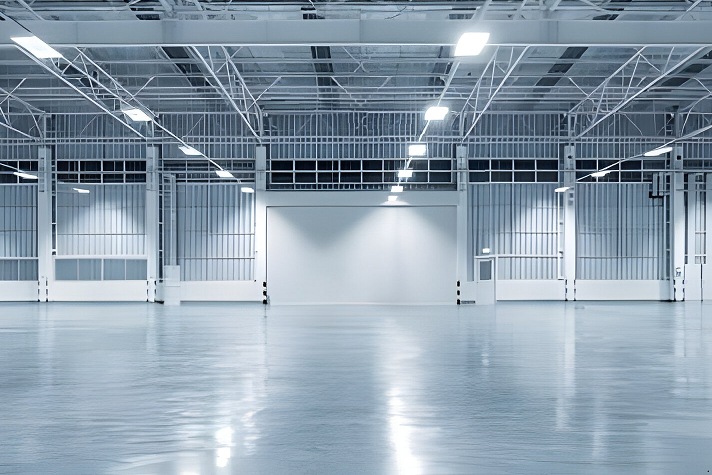Unveiling the Secrets of Basement Floor Leveling: A Blueprint for Stability
A level basement floor is not just a matter of aesthetics; it’s crucial for the functionality, safety, and longevity of your space. Uneven floors can lead to a variety of issues, from difficulties in installing flooring materials to potential hazards. If you’re contemplating basement renovations or addressing the challenges of an uneven surface, understanding the ins and outs of basement floor leveling is paramount. Here’s a comprehensive guide to help you achieve a stable and level foundation.
1. Assess the Current State:
Begin by thoroughly assessing your basement floor. Identify high and low points, cracks, and any other irregularities. Understanding the current condition of the floor will guide your approach to leveling.
2. Identify the Cause:
Uneven basement floors can be attributed to various factors, including settling of the foundation, water damage, or poor initial construction. Identifying the root cause will help you address the issue at its source, ensuring a lasting solution.
3. Choose the Right Leveling Method:
Depending on the severity of the unevenness, different leveling methods may be employed:
Self-leveling concrete: Ideal for minor imperfections, self-leveling compounds create a smooth, even surface.
Floor resurfacing: Suitable for moderate irregularities, resurfacing products can fill cracks and level the floor.
Subfloor installation: For significant level discrepancies, consider installing a subfloor to provide a level surface for subsequent flooring materials.
4. Gather Necessary Tools and Materials:
Equip yourself with the necessary tools and materials based on the chosen leveling method. Common tools include a concrete mixer, trowels, leveling compound, floor resurfacer, and safety gear.
5. Surface Preparation:
Clean the basement floor thoroughly, removing any debris, dust, or contaminants. Repair any visible cracks or damage using an appropriate concrete patch. A clean and well-prepared surface ensures better adhesion of leveling materials.
6. Application of Leveling Materials:
Follow the manufacturer’s instructions for mixing and applying the chosen leveling material. Whether using self-leveling compounds or resurfacing products, ensure an even application to achieve a seamless and stable surface.
7. Allow for Proper Drying and Curing:
Patience is crucial during the drying and curing process. Allow the leveling material adequate time to set and cure according to the manufacturer’s guidelines. Avoid heavy traffic or placing heavy objects on the newly leveled surface until it has fully cured.
8. Final Touches and Finishing:
Once the leveling material has cured, inspect the surface for any imperfections. Make any necessary adjustments using a grinder or by applying additional leveling compound. Consider applying a protective sealant or moisture barrier to enhance durability and prevent future issues.
9. Ongoing Maintenance:
Maintain your leveled basement floor by keeping it clean, addressing any spills promptly, and periodically inspecting for signs of wear and tear. Regular maintenance ensures the longevity and stability of your leveled basement floor.
Conclusion:
Achieving a level basement floor is a fundamental step in creating a functional and comfortable living space. By following the steps outlined in this guide and selecting the appropriate leveling method for your specific needs, you can transform your uneven basement floor into a stable foundation for future renovations and activities. Whether you choose a DIY approach or seek professional assistance, mastering basement floor leveling is an investment in the overall quality and value of your home. click here to get more info https://aklevelandpolish.com.
895 Don Mills Rd. Suite 900, Toronto, ON M3C 1W3 Phone
+1 647 710-5034
